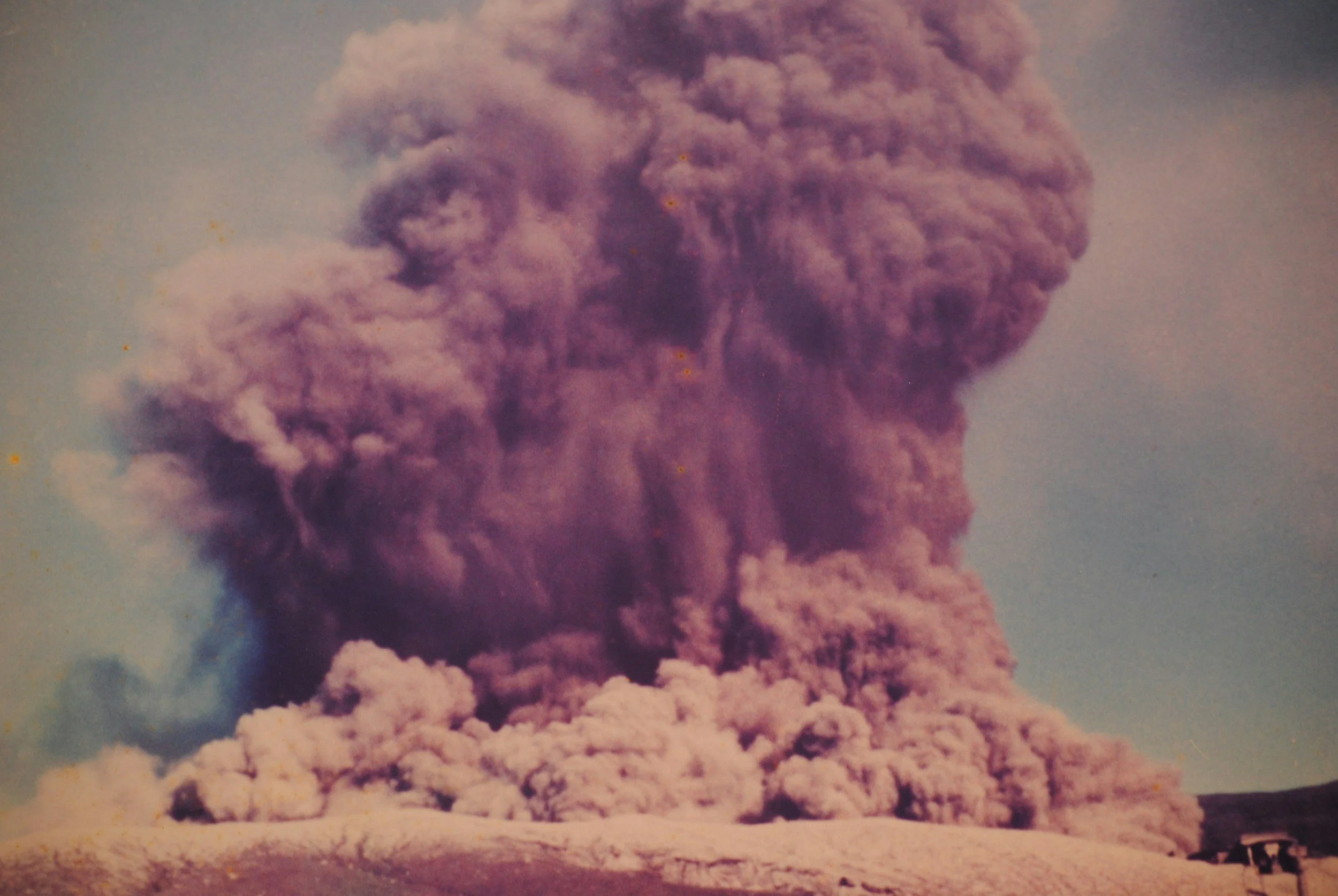From Ground Zero to Zeroes and Ones: Rethinking a Return to Nuclear Testing
By Larissa Alves Lozano | 19 November 2025
Figure 1: Number of Nuclear Tests of China, North Korea, United States and Russia between 1940-2020
Summary
The United States (US) and Russia have separately expressed interest in renewing nuclear testing as proliferation continues to take place across the world.
Decades of nuclear testing have been powering supercomputers and modelling and simulation tools for stockpile reliability.
Investing in nuclear modelling systems is crucial for ensuring strategic advantage, preventing arms race acceleration, minimising live detonations concerns, and allowing states to better prepare for the future cyber-nuclear nexus.
Context
On 29 October 2025, President Donald Trump announced on Truth Social that the US would “immediately” resume nuclear weapons testing “on an equal basis” with China and Russia. Earlier that same week, Vladimir Putin claimed to have tested two new nuclear devices. Putin’s hawkish assertion and Trump’s inflammatory reaction caught the attention of news outlets worldwide and raised the question of whether countries can or should resume something that has not been done in over thirty years. A return to physical tests would be a step back in time technologically, which would result in over USD 100m spent with every blast, in addition to serious health and environmental consequences.
In total, the US, Russia, and China have carried out 1m and 45 nuclear tests, respectively, taking place above ground (high-altitude and land), underground, and underwater. North Korea had its first test in 2006, remains the only country actively testing nuclear warheads today.
Due to the health and environmental effects of the radioactive fallout and blast damage from nuclear detonations, there have been various legal attempts to ban nuclear testing, with the most prominent being the 1996 Comprehensive Nuclear-Test-Ban Treaty (CTBT), which has over 180 signatories but has not yet entered into force. The US, China, and North Korea have not yet ratified the treaty, while Russia ratified it in 2000 but rescinded it in 2023.
The uncertain state of the CTBT not only challenges nonproliferation and disarmament efforts, but presents a gruesome possibility in light of rising political tensions and intensified nuclear arms race. The Federation of American Scientists estimates that, as of 2025, Russia has the world’s largest arsenal at 4,309, followed by the US at 3,700, China at 600, and North Korea at 50 warheads. The world sits at a total of 12,241 nuclear warheads – a majority of which have never been physically tested.
Implications
Since nuclear testing faces legal restrictions, resuming nuclear testing would not entail the mushroom clouds the world fears. The US, Russia, China, and North Korea have tested delivery vehicles and non-nuclear weapon components by themselves or with subcritical fissile material, which will continue happening. The value of digital vs physical nuclear tests lies in maintaining the true nuclear yield of weapons undisclosed to preserve strategic ambiguity, limit arms-race acceleration, and avoid the consequences of live detonations.
In a high-tension era where technology is being increasingly integrated with weapons arsenals, digital modelling tools can better ensure stockpile secrecy and technological comparative advantage. Once a weapon’s power is publicly demonstrated, it can lose some deterrence and offensive value while encouraging adversarial states to match their capabilities through arms racing. This challenge has been evident from the Cold War until today, especially after North Korea’s 2017 test – about 16 times the size of the bomb dropped on Hiroshima. This breach in North Korea’s weapons secrecy alarmed the US and its allies but, in the long-run, it made North Korea’s capabilities more predictable and empowered countermeasure planning.
It might seem to be a disadvantage to rely on digital instead of real-life tests, but supercomputers are critical for the digital nuclear age. Supercomputers, such as El Capitan in the US, are capable of using data from decades of tests simultaneously to predict delivery trajectories, core criticality, detonation blasts, radiation fallout, and even stockpile ageing effects. Continued investments in digital simulations could allow a better understanding of how technology systems interact with nuclear command, control, and communications systems (NC3) and even simulate early warning and forecast scenarios for cyber attacks targeting nuclear weapon systems, which is a growing danger due to AI integration in military systems.
Modelling and simulation tools powered by decades of test data have become the cornerstone of stockpile maintenance and modernisation – and they should remain as such. No digital data beats real-life data, but the value of secrecy and technological advantage is imperative.
t Penguin/Unsplash
Forecast
Short-term (Now - 3 months)
It is highly unlikely that nuclear testing will be resumed despite ambitions by American and Russian leaders, due to heavy public opposition based on financial, environmental, and health concerns.
As nuclear powers continue to rely on digital modelling and simulation tools, new cybersecurity measures will likely be required to safeguard nuclear codes and military digital proprietary information, thereby maintaining secrecy about their capabilities.
Medium-term (3-12 months) and long-term (>1 year)
There is a realistic possibility that semiconductor supply chain disruptions could negatively impact the evolution of digital modelling and simulation platforms that require running advanced nuclear codes and decades of test data.
It is almost certain that nuclear-armed states will continue pursuing AI-nuclear integration, which will further fuel investments in supercomputing systems that can better model and forecast digital threat scenarios.



